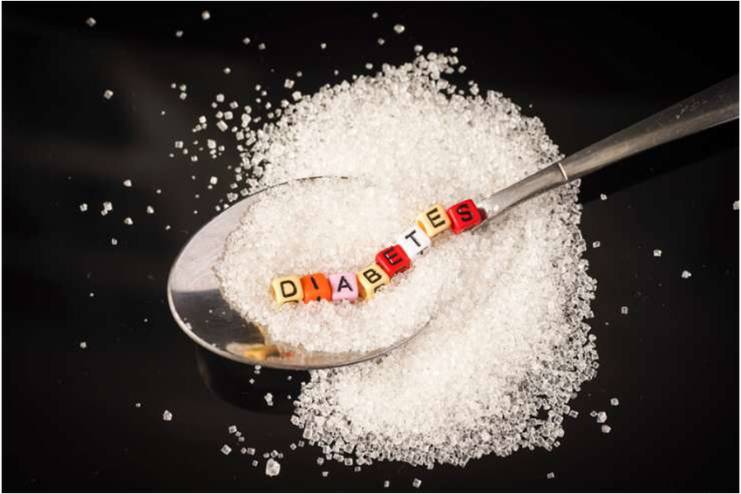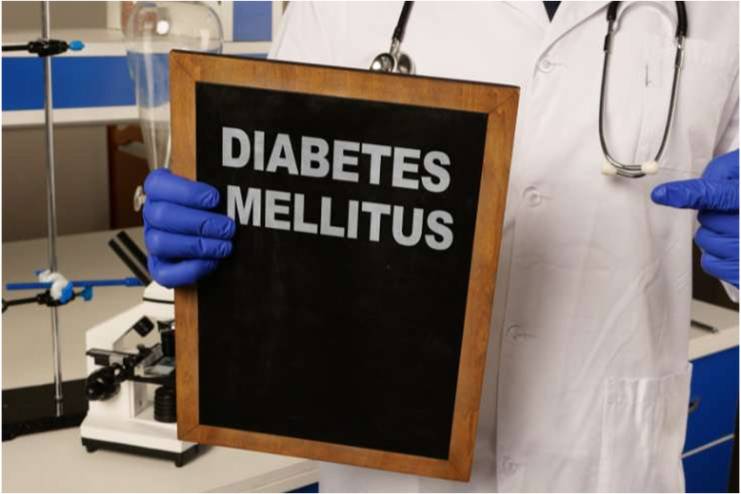Affiliate Disclaimer
Some links in this article are affiliate links. We may earn a small commission if you make a purchase through these links, at no extra cost to you. We only recommend products we find useful to our readersChronic metabolic disease, known as type 2 diabetes, causes the body to either develop insulin resistance or not create enough of it, which raises blood sugar levels. This illness can have a severe negative effect on health by increasing the chance of kidney problems, nerve damage, and heart disease. For an early diagnosis and successful treatment, it is essential to comprehend the causes of Type 2 Diabetes and to recognize its symptoms. Early detection of risk factors and symptoms enables people to seek the proper medical attention and adopt educated lifestyle adjustments, eventually lowering the chance of severe consequences and enhancing general health.
Understanding Type 2 Diabetes Mellitus
Diabetes mellitus occurs when the body either grows resistant to insulin or produces insufficient amounts to keep blood sugar levels within normal ranges. A hormone called insulin facilitates cells’ absorption of glucose from the blood. When insulin is ineffective or insufficient, glucose accumulates in blood, resulting in high blood sugar levels. Weariness, increased thirst, and frequent urination are some symptoms that may arise from this.
When it relates to Type 2 Diabetes, lifestyle factors like poor diet and inactivity are often to blame. This is in contrast to Type 1 Diabetes, which is an autoimmune illness in which the body attacks the pancreas cells which are responsible for producing insulin. Although it can happen in kids and teenagers, adults are more likely to experience it. Comprehending these distinctions is essential for accurate diagnosis and treatment of the illness.
Some common symptoms are
- Increased thirst: Increased blood sugar can dehydrate people with diabetes, making them thirsty repeatedly.
- Frequent urination: Due to excessive thirst, people with diabetes drink more water, so they have more urination.
- Unexplained weight loss: The body cannot utilize glucose for energy. Instead, it uses fat to extract energy, causing weight loss.
- Increased hunger: Diabetics cannot use glucose, so they need more food for glucose. Thus, their cells starve for glucose, causing them to always feel hungry.
- Wounds that do not heal: Increased blood sugar levels affect circulation. When blood flow to injured tissue is blocked, wounds do not heal fast.
Causes of Type 2 Diabetes Mellitus
People generally develop this type of diabetes due to lifestyle and genetic factors. You can control some of these factors, but you cannot control factors such as age, female gender, and genetics.
Lifestyle

Lifestyle factors play a very significant role in developing Type 2 diabetes. Key issues include:
- Being overweight or obese.
- Not getting enough exercise.
- Eating an unhealthy diet.
- Dealing with stress.
- Living in urban areas.
Excess weight is the most common cause of Type 2 diabetes.
Drinking too many sugary beverages can raise your risk of getting the disease. Eating food which is high in saturated and trans fats can also contribute to developing diabetes. Instead, choosing foods with polyunsaturated and monounsaturated fats is healthier and better for your overall health.
Genetics

Diabetes often runs in families because it involves several genes that can increase risk of developing the disease. If you have identical twins, they are more likely to develop diabetes compared to non-identical twins. Scientists have discovered over 36 genes that can contribute to the development of diabetes. Each of these genes plays a role in making someone more likely to get the disease.
Environmental Factor

Type 2 diabetes is caused by a combination of the genetic and environmental factors. Environmental factors include exposure to toxins, pollutants, and certain chemicals, which can increase one’s risk of developing diabetes. These harmful substances can disrupt how one’s body produces insulin and processes glucose, making the risk of diabetes even higher.
Age and Ethnicity

The risk of Type 2 Diabetes is also significantly influenced by age and race. Older people are more likely to develop Type 2 Diabetes because of slow changes in their insulin sensitivity and metabolism. Genetic predispositions may account for the higher prevalence of Type 2 Diabetes in specific communities. By being aware of these aspects, one can better manage risk and take preventative action.
Metabolic Factors

Metabolic variables mainly contribute to the onset of Type 2 diabetes. Insulin resistance is a significant contributing component, which causes high blood glucose levels by impairing the body’s cells’ ability to utilize insulin. The condition known as metabolic syndrome, which is typified by high blood pressure, excess abdominal fat, and excessive cholesterol levels, makes matters worse by pushing the pancreas to create more insulin until it runs out. Insulin resistance and the metabolic syndrome increase risk of Type 2 diabetes, highlighting the importance of early identification and treatment in the fight against this illness.
Defining Adult Overweight and Obesity
How to Recognize and Manage Symptoms
Identifying and treating Type 2 Diabetes Mellitus symptoms requires several straight forward actions. It’s essential to self-monitor; use a glucometer to check the blood sugar levels frequently to ensure they stay within your goal range. Track your readings to spot trends and make the required corrections.
Making changes to one’s lifestyle is crucial to managing diabetes. Limit processed foods and sugars and stick to a balanced diet high in fiber, whole grains, and lean proteins. Get frequent exercise, such as swimming or walking, to help control blood sugar levels and keep a healthy weight. Additionally, you should practice stress-reduction methods like yoga or meditation.
When to get medical attention or speak with your doctor if you have chronic symptoms such as excessive exhaustion, clouded vision, or wounds that take a long time to heal; they can provide tailored advice and adjust your treatment plan to help you better manage your disease. Routine examinations are crucial for continuing care and problem prevention.
Conclusion
Type 2 diabetes mellitus is a serious disorder that causes insufficient insulin production or insulin resistance, which raises blood sugar levels. Age, ethnicity, environmental pollutants, and lifestyle choices are essential causes. Increased thirst, frequent urination, and exhaustion are typical signs of the illness. It is necessary to comprehend these elements for efficient management and avoidance. It’s critical to assess your health and make any required lifestyle changes routinely. Speak with medical specialists to receive individualised advice and care. Proactive management and early awareness can significantly enhance your quality of life and help avert issues.
-
Feb 2017Written by Pradeepa Polineni
-
Oct 2024Edited by Ankita
References
- https://diabetes.org/about-diabetes/type-2
- https://www.mayoclinic.org/diseases-conditions/type-2-diabetes/symptoms-causes/syc-20351193
- https://www.health.harvard.edu/diseases-and-conditions/type-2-diabetes-mellitus-a-to-z
- https://dtc.ucsf.edu/types-of-diabetes/type2/understanding-type-2-diabetes/what-is-type-2-diabetes
- https://my.clevelandclinic.org/health/diseases/21501-type-2-diabetes
- https://www.healthline.com/health/type-2-diabetes
- https://www.ncbi.nlm.nih.gov/books/NBK513253
- https://www.webmd.com/diabetes/type-2-diabetes
In this Article





















